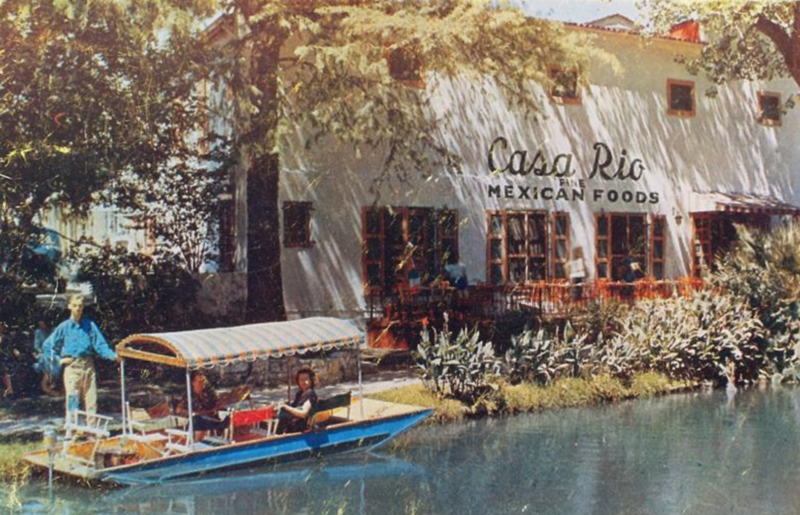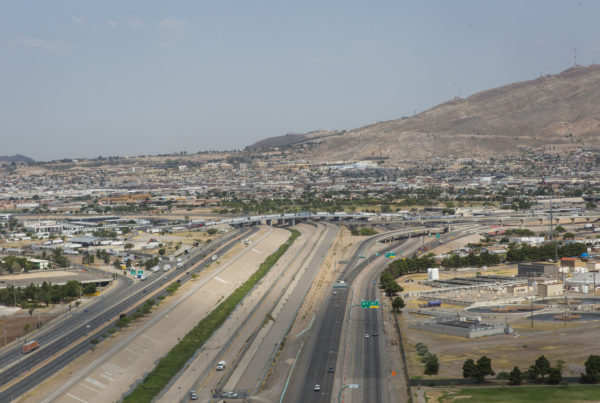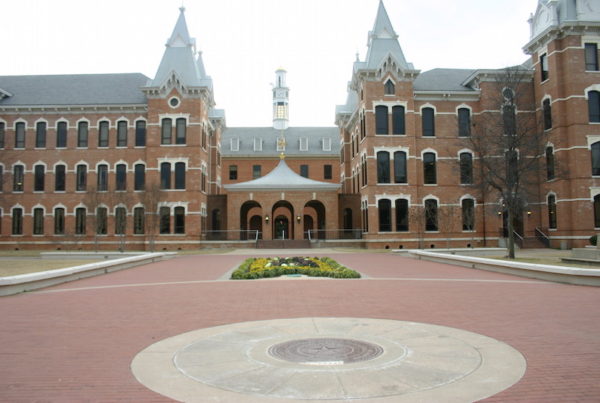From Texas Public Radio:
The City of San Antonio recently revealed the new design of the city’s river barges. So, what about River Barge History? The answers lie with a couple of the city’s real river barge authorities, and of course, getting onto one of the barges for a tour.
“Look on my right. Aztec Theater. Opened in 1926…” says river barge Capt. Alfred Sanchez.
Hundreds of people daily take the barge tour around the so-called horseshoe bend of the San Antonio River. That’s the popular restaurant and bar filled downtown loop. The rectangular, 37- by 9-foot, 35-person open-air barges weren’t always there, though. They only became practical once city flood control projects stopped the cycle of deadly downtown floods, and once the city created the River Walk itself. Historian Lewis Fisher says it took an architectural visionary to conceive of the River Walk, and that was its designer Robert Hugman. Hugman saw that horseshoe bend as a kind of American Venice.
“He thought of it as a place for gondolas. And he designed the arched bridges so that they would be tall enough so that the gondolier could stand on his boat while he went under the bridge,” Fisher says.
In real life, those gondolas didn’t work so well. They were hard to pole with a full load of people, and the anti-flood cut-off channel was dug too deeply for poling. Consequently, the gondolas didn’t last more than a few years. And then Robert Hugman was fired halfway through his project. The newly-cut limestone of the River Walk seemed garish and showy to some.
“It got to be a little too much for the city so he was dismissed,” Fisher says.
But most of Hugman’s River Walk architecture was already in place by then, so the city completed it in 1940. But then a huge event put its possibilities on hold.
“As soon as the River Walk was done we had World War II,” Fisher says.
And so the River Walk continued to bask in obscurity. But in the late 1940s, an appliance store owner by the name of Alfred Beyer decided to try something no one else had yet on the river.















